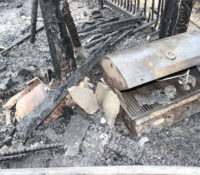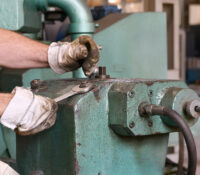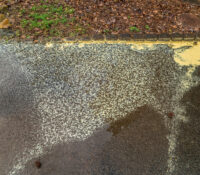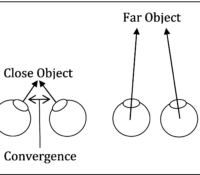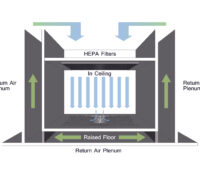Don’t Get Burned With Your Gas Grill!
If there is one thing Americans can agree upon, it is the enjoyment that comes from an outdoor barbeque. Whether a summertime cookout or a fall BBQ to watch a football game, we all love the fun and fellowship that comes from sharing a meal that was prepared outdoors on a grill or smoker. In fact, 64% of Americans own a grill or smoker. The great majority of these are LP fueled gas grills with comparatively few natural gas fired grills. These products can be enjoyed safely when designed, installed, and used in a proper manner. However, given the grill’s use of flammable fuel gas and high temperatures, the potential exists for things to go wrong and result in burn injuries or uncontained fires that spread to the surroundings. Read More



